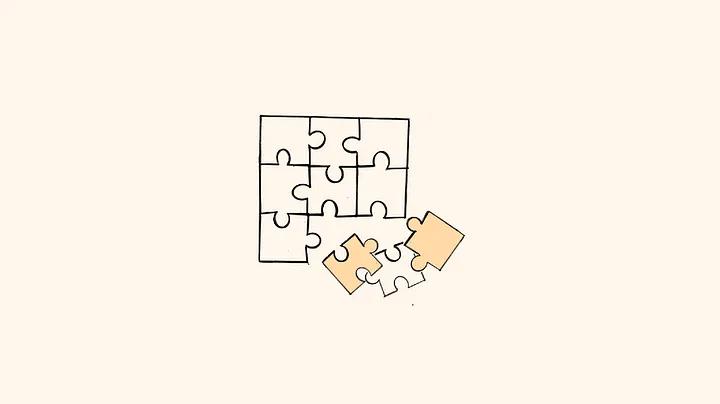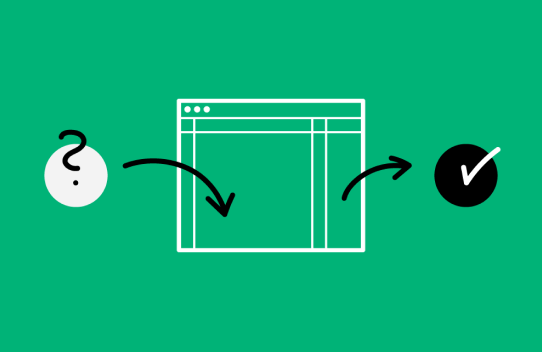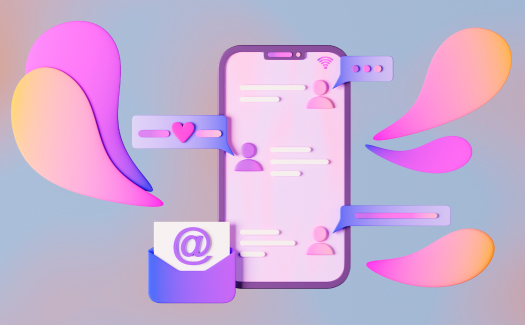Usability Testing: The Ultimate Guide for UX Designers

When it comes to creating exceptional user experiences, there's a crucial step that often makes all the difference: usability testing. As a UX designer, your goal is to ensure that your product not only looks great but also functions seamlessly for your users. That's where usability testing comes into play – it's a powerful technique that helps you identify potential pain points, optimize user interactions, and refine your design.
What is Usability Testing?
Usability testing involves observing real users as they interact with your product. This process provides invaluable insights into how users navigate, use, and experience your design. By watching users in action, you can uncover usability issues, discover areas for improvement, and validate design decisions.
The Benefits of Usability Testing
1) Pinpoint Usability Issues
Usability testing allows you to identify stumbling blocks that users may encounter. It helps you uncover confusing navigation, unclear instructions, or other usability challenges that might hinder the user experience.

2) Optimize User Flow
By observing users' natural interactions, you can refine the user journey. Usability testing helps you streamline user flows, ensuring that tasks are intuitive and effortless.

3) Enhance User Satisfaction
When users can navigate your product seamlessly, they're more likely to have a positive experience. Usability testing helps you create a design that meets user needs and fosters satisfaction.

Conducting Effective Usability Testing
1) Define Objectives
Outline clear goals for your usability testing. What specific aspects of your design do you want to evaluate? Establishing objectives ensures focused testing.

2) Recruit Participants
Select a diverse group of participants who represent your target audience. This ensures that you gather insights from a range of perspectives.

3) Create Test Scenarios
Develop realistic scenarios that mirror how users would naturally interact with your product. Craft tasks that encourage users to perform key actions.

4) Observe and Gather Data
As participants navigate your design, observe their interactions closely. Note any pain points, confusion, or moments of hesitation. Collect both qualitative and quantitative data.
5) Iterate and Refine
Analyze the data collected and identify patterns. Use these insights to make informed design decisions. Iterate on your design to address usability issues.
Incorporating Usability Testing into Your Design Process
Usability testing should be an integral part of your design workflow. Whether you're creating a website, mobile app, or software interface, regular testing ensures that your design aligns with user expectations and needs.
By embracing usability testing, you empower yourself to create user-centered designs that not only look stunning but also provide a seamless and enjoyable experience. Remember, usability testing is not a one-time task; it's an ongoing commitment to refining and perfecting your design to deliver exceptional user satisfaction.

